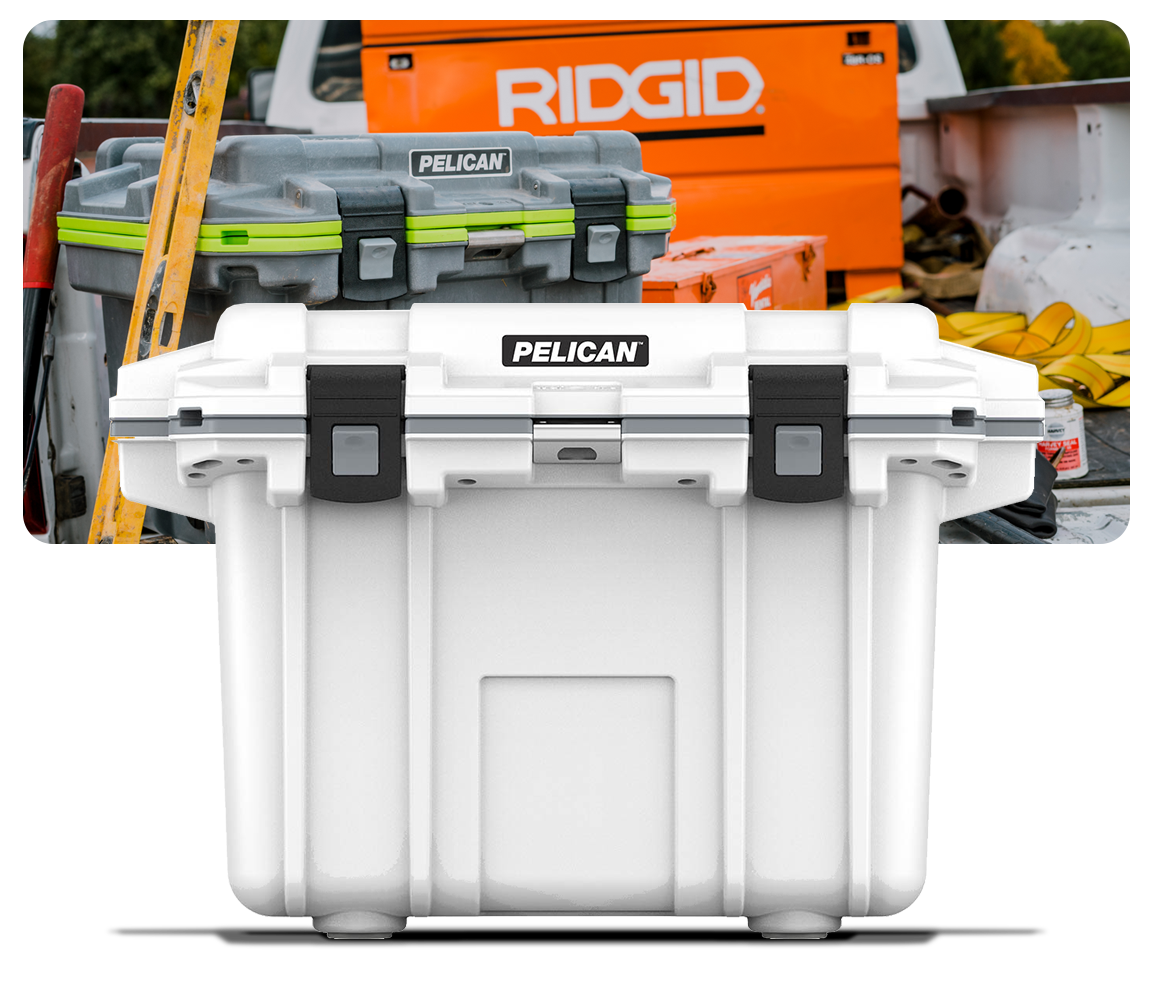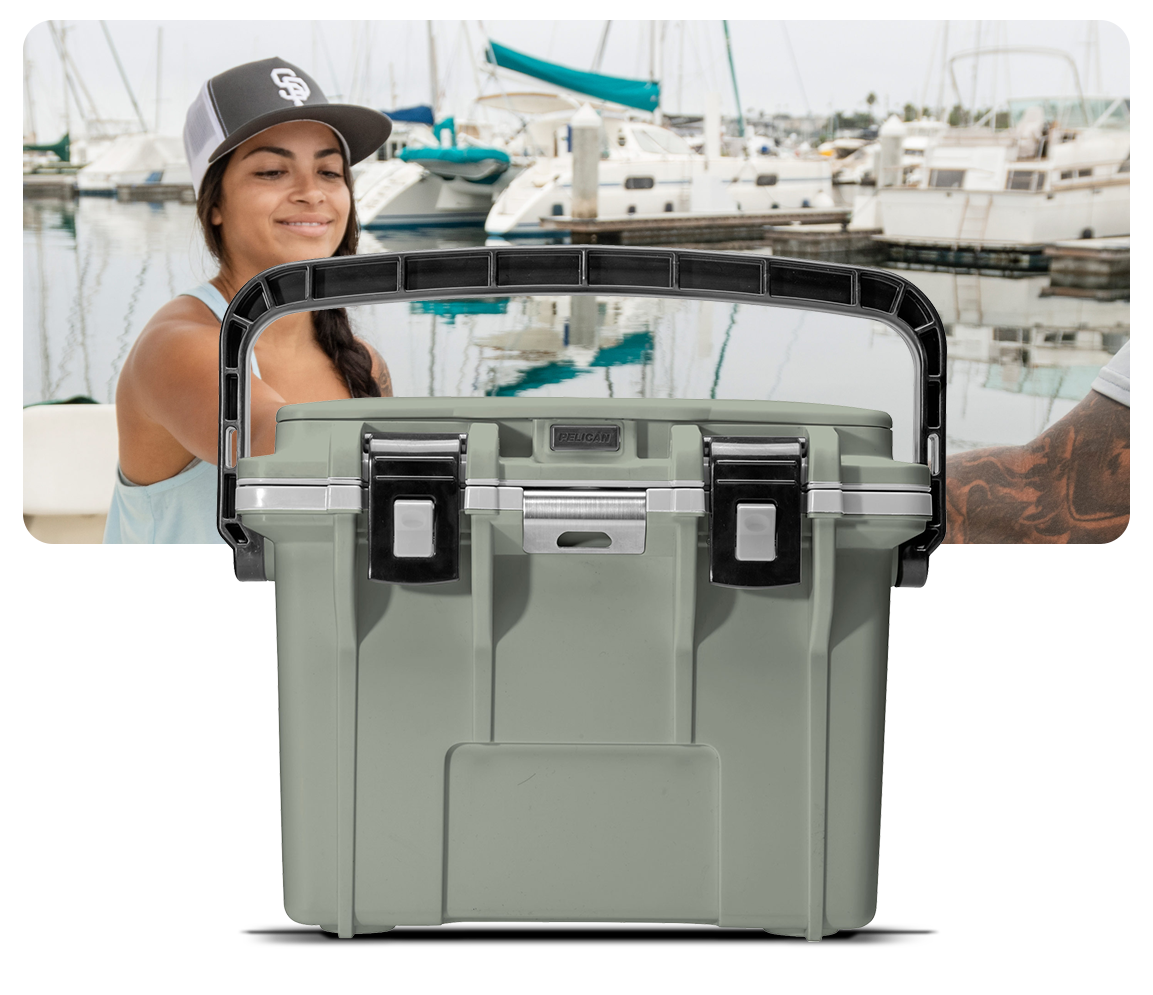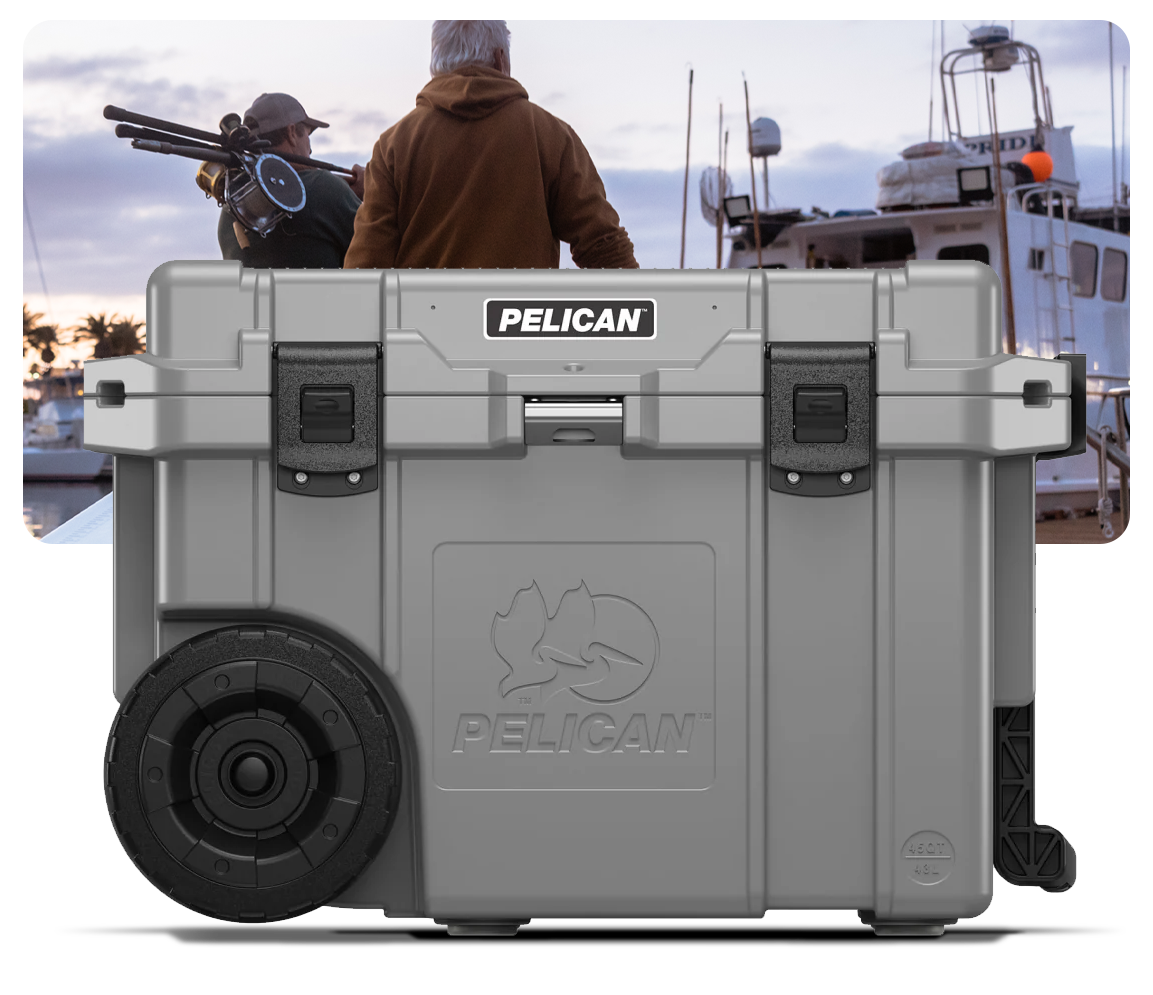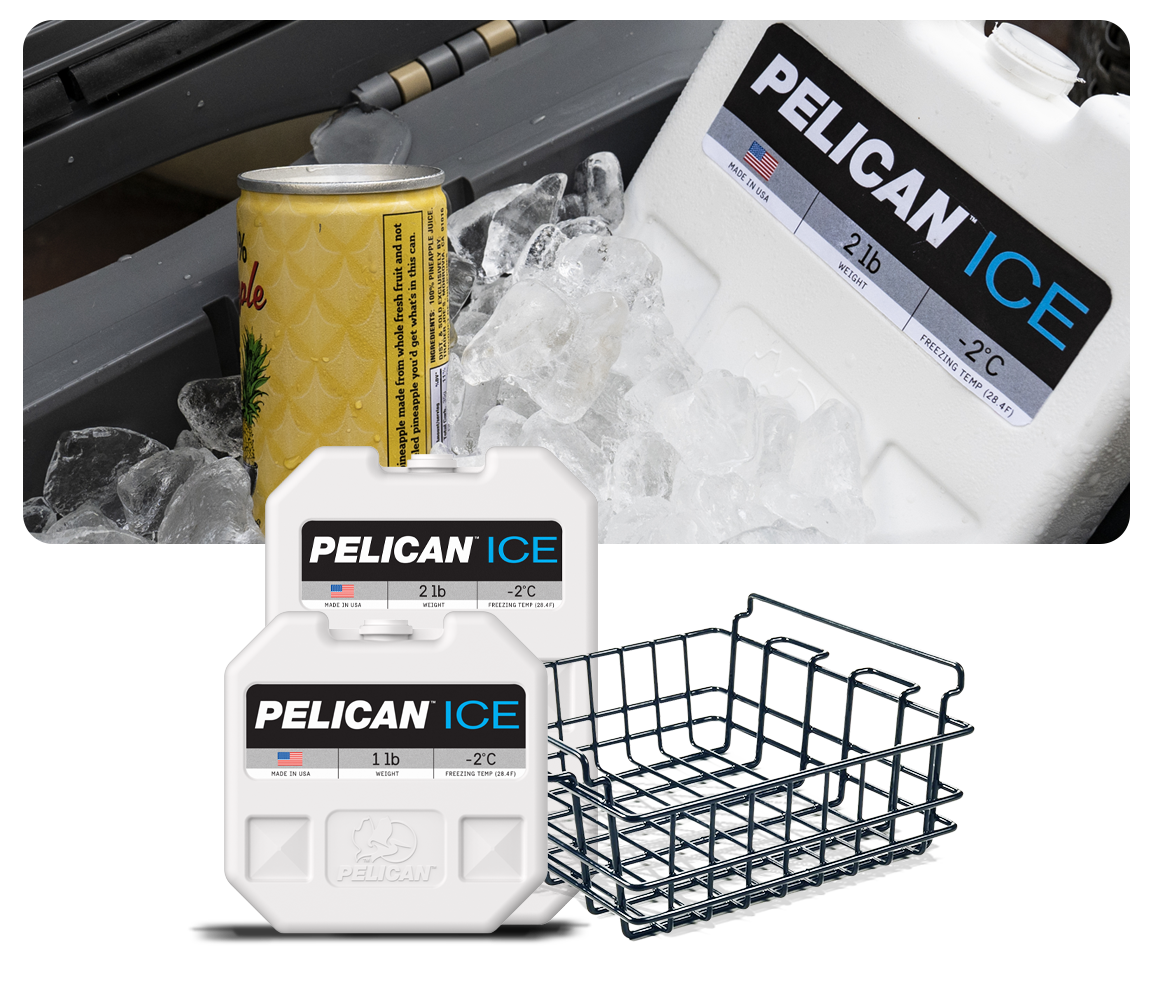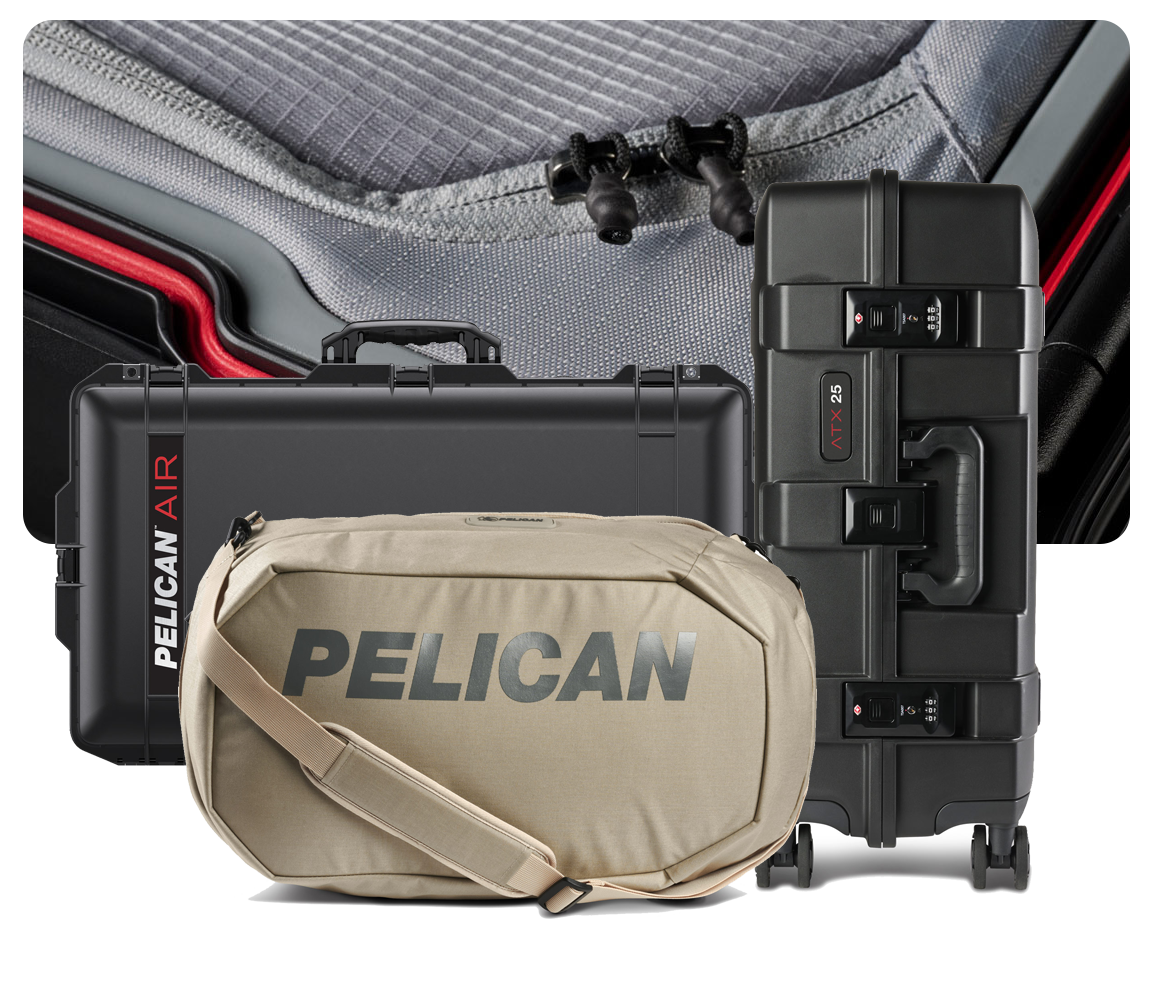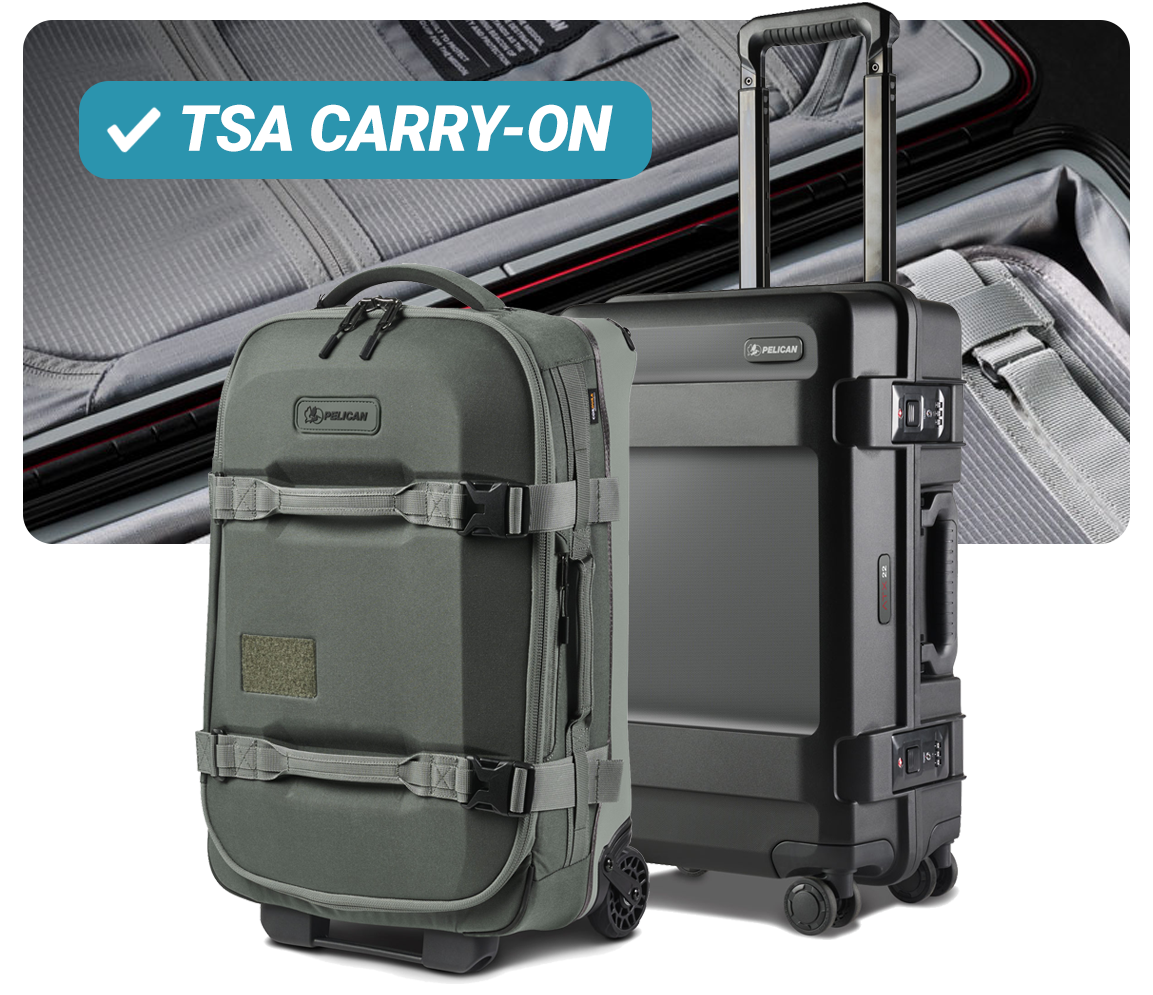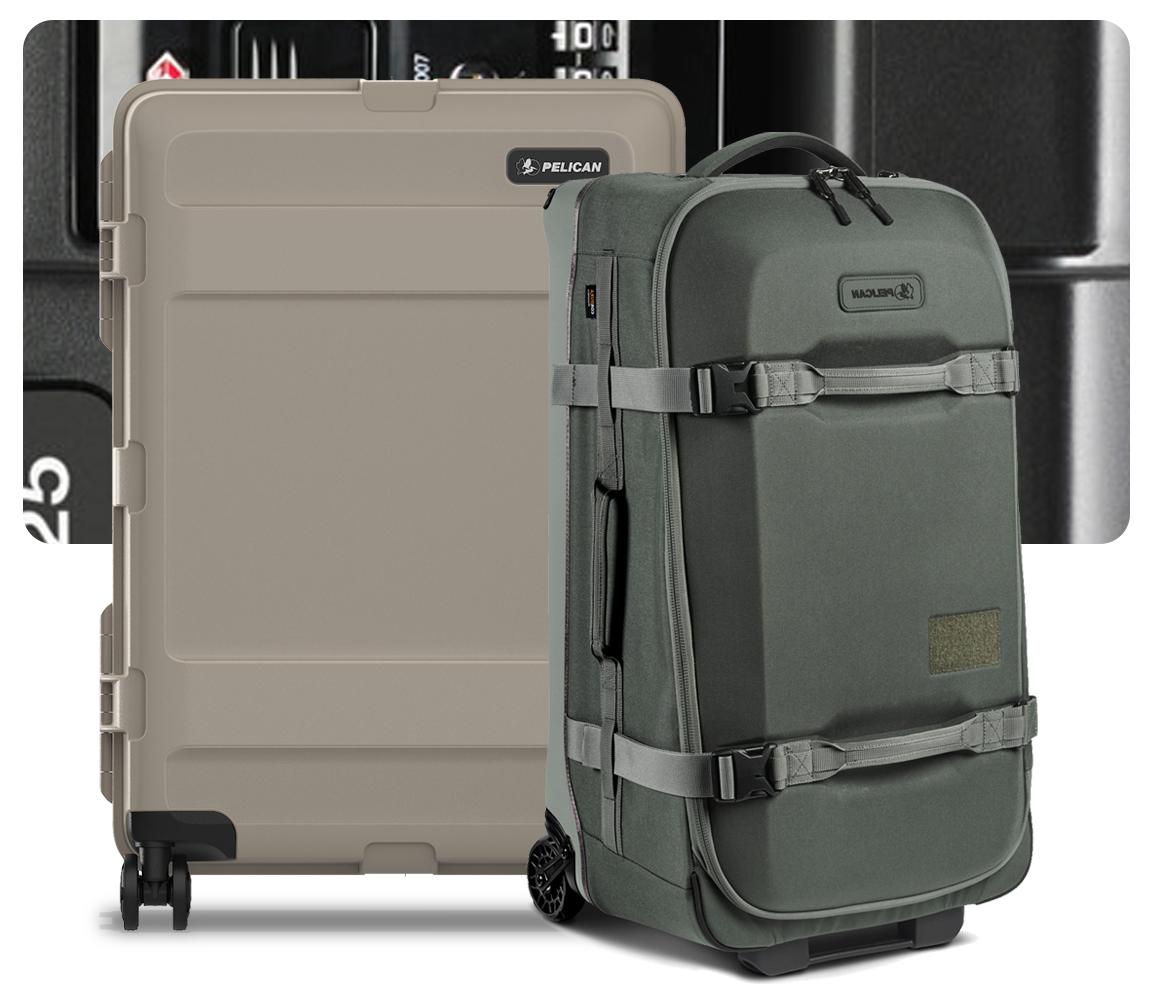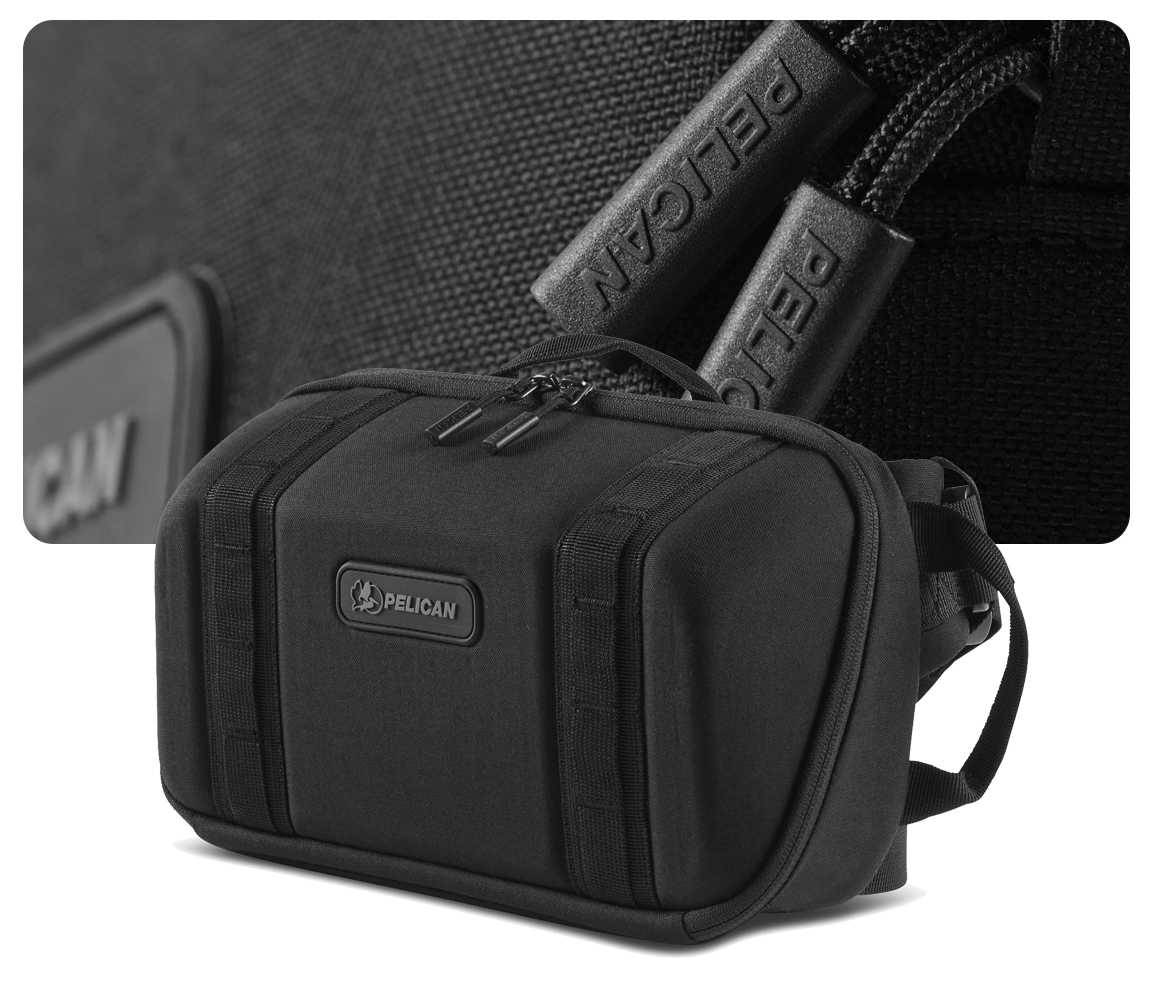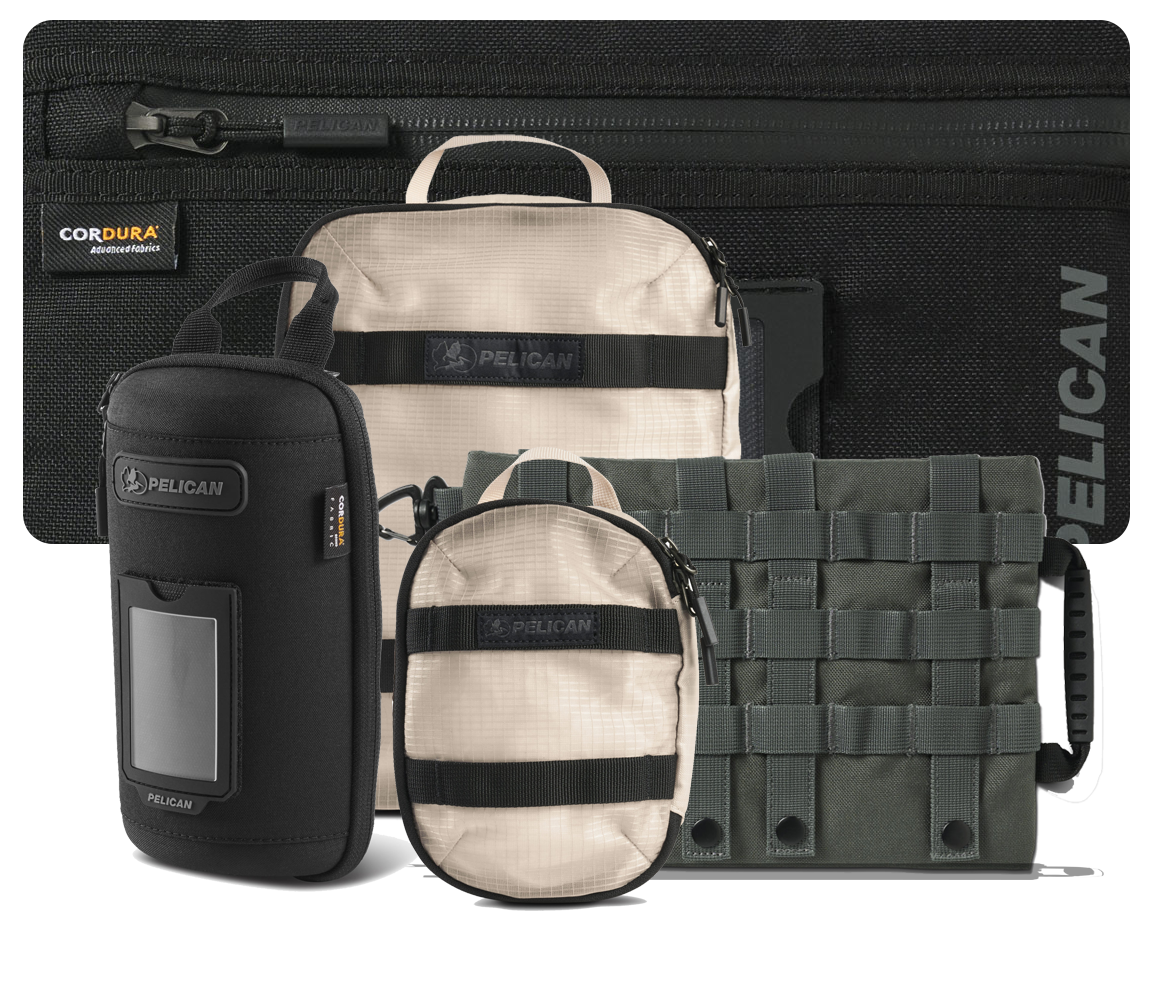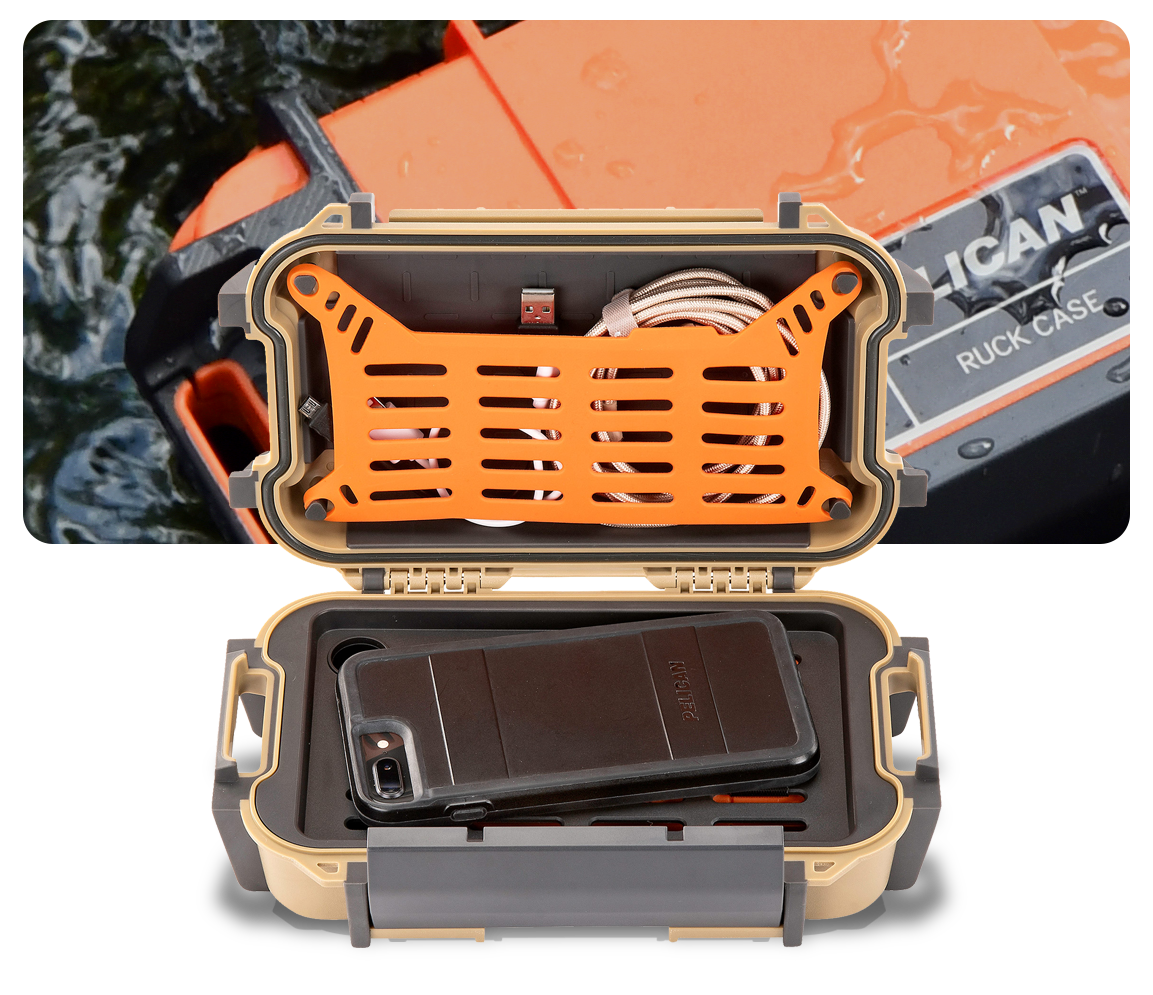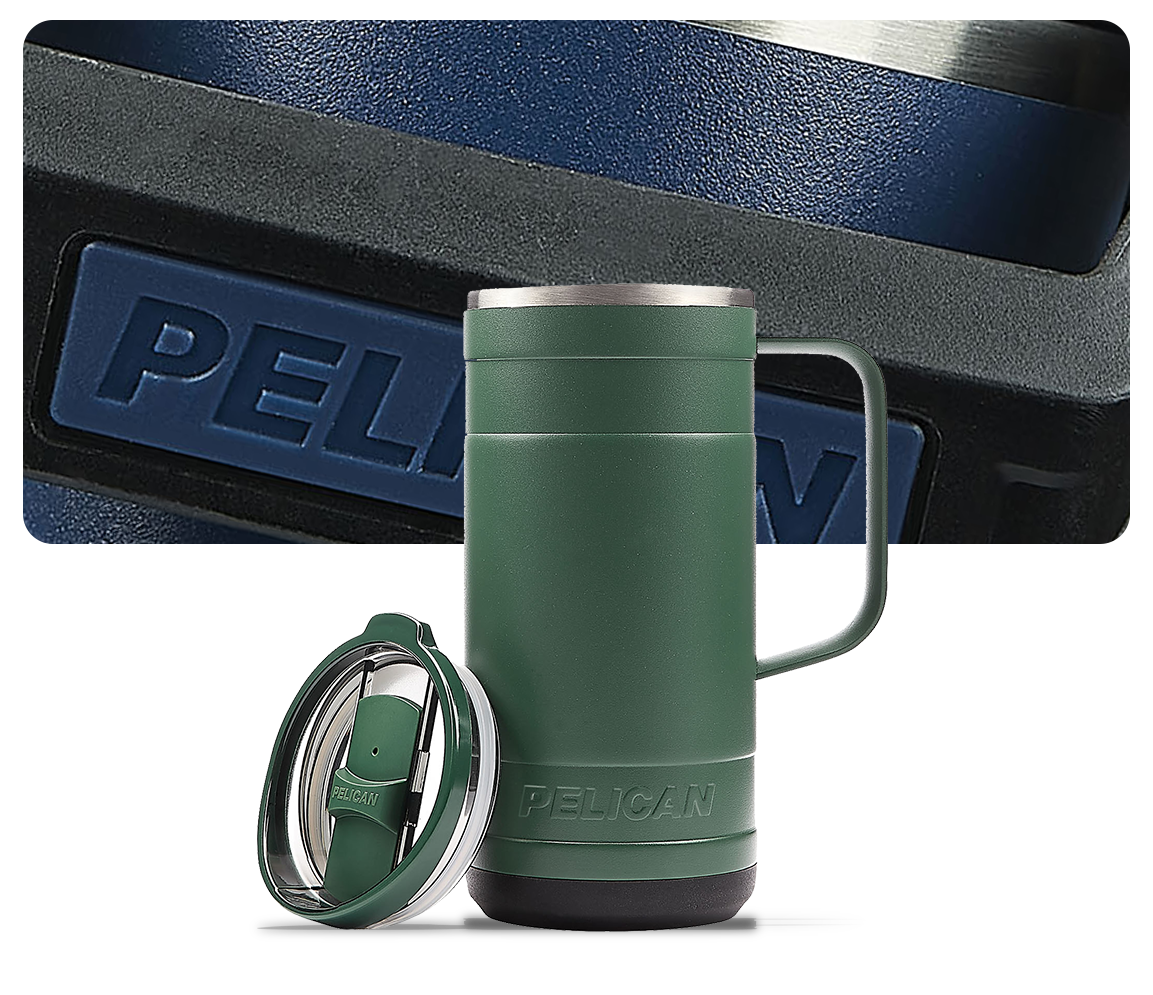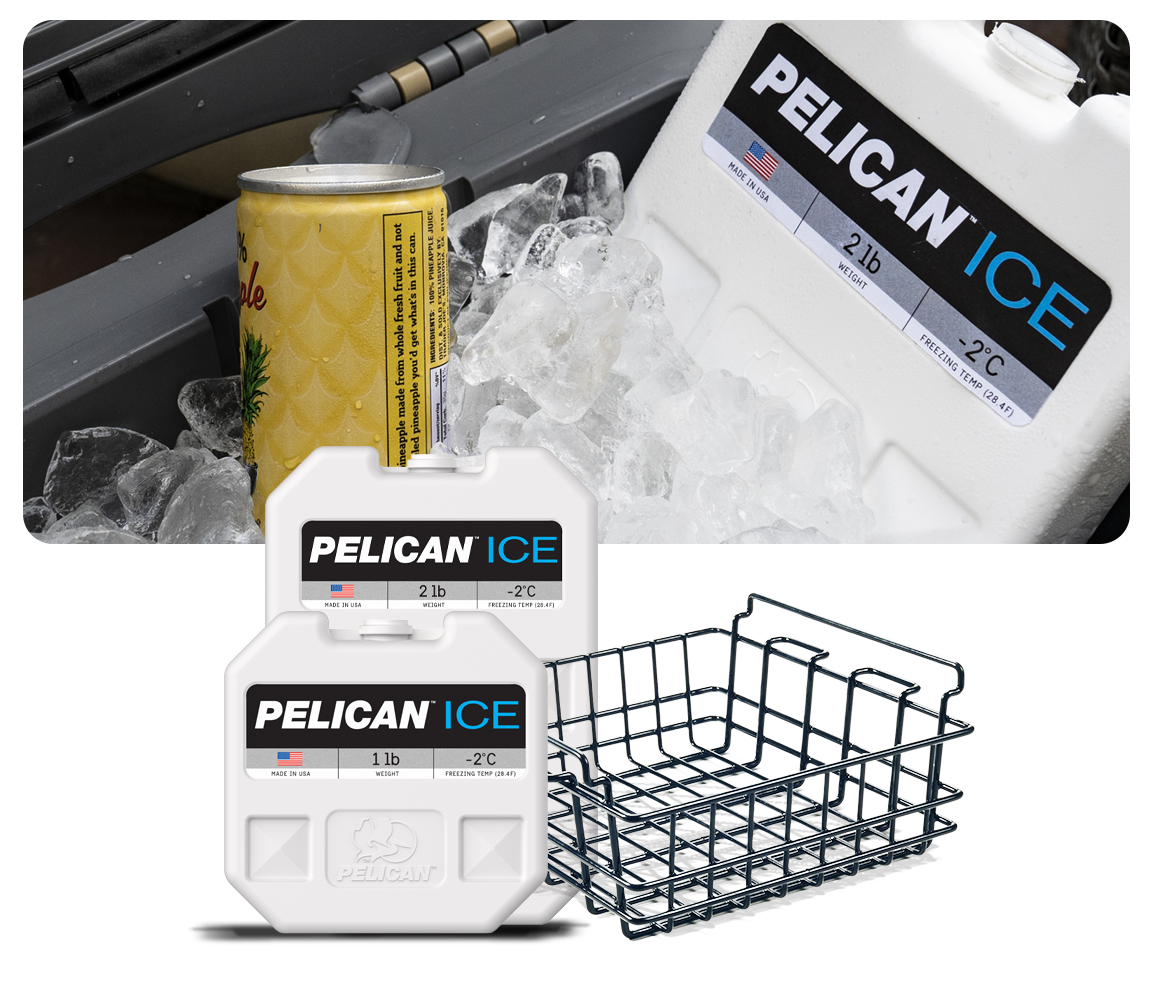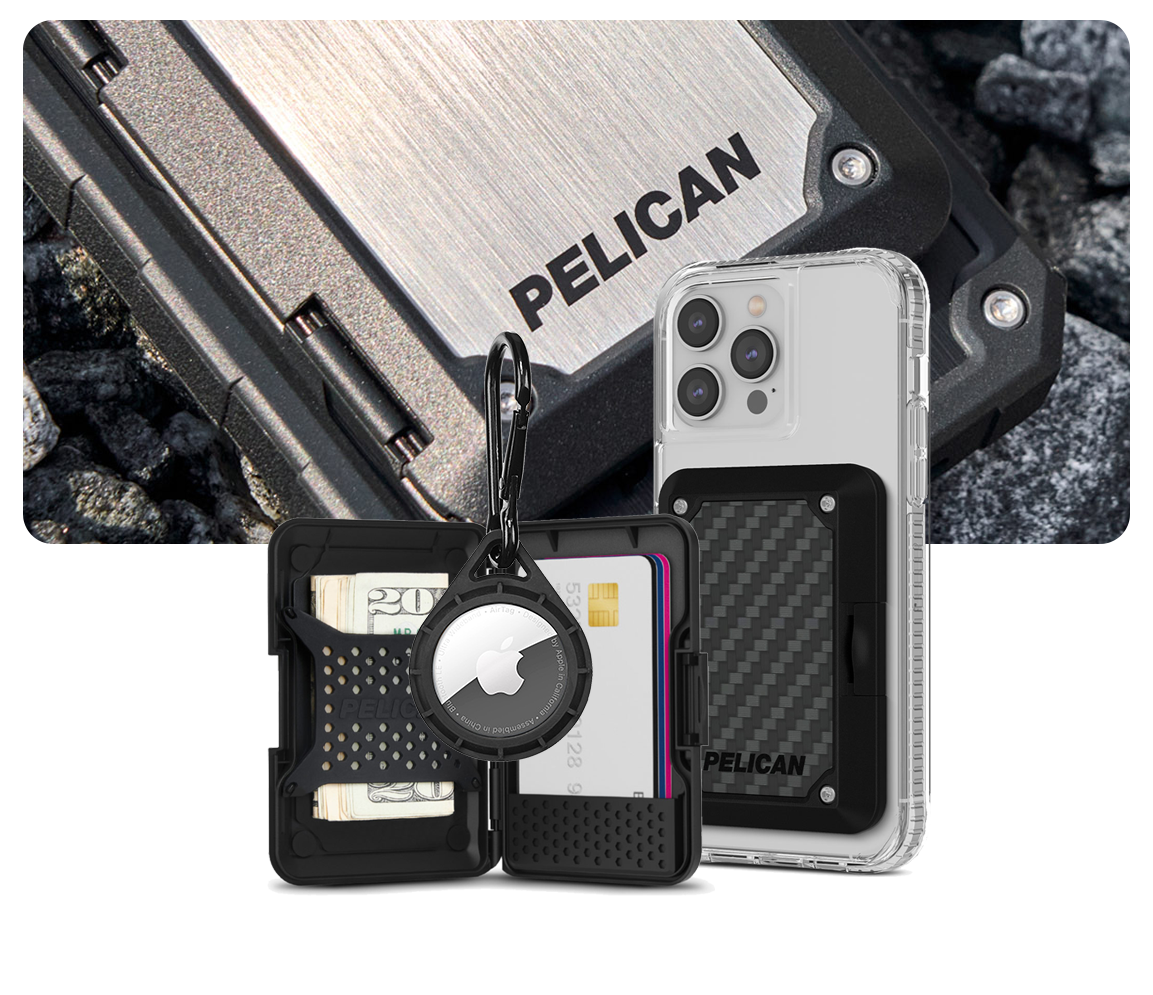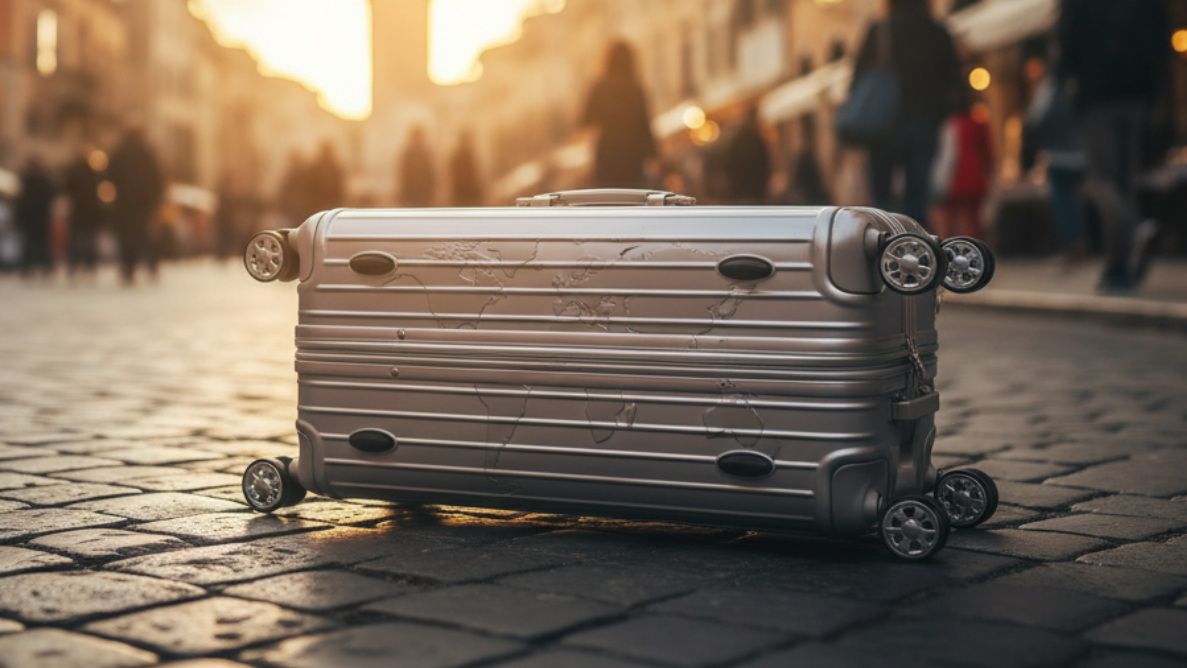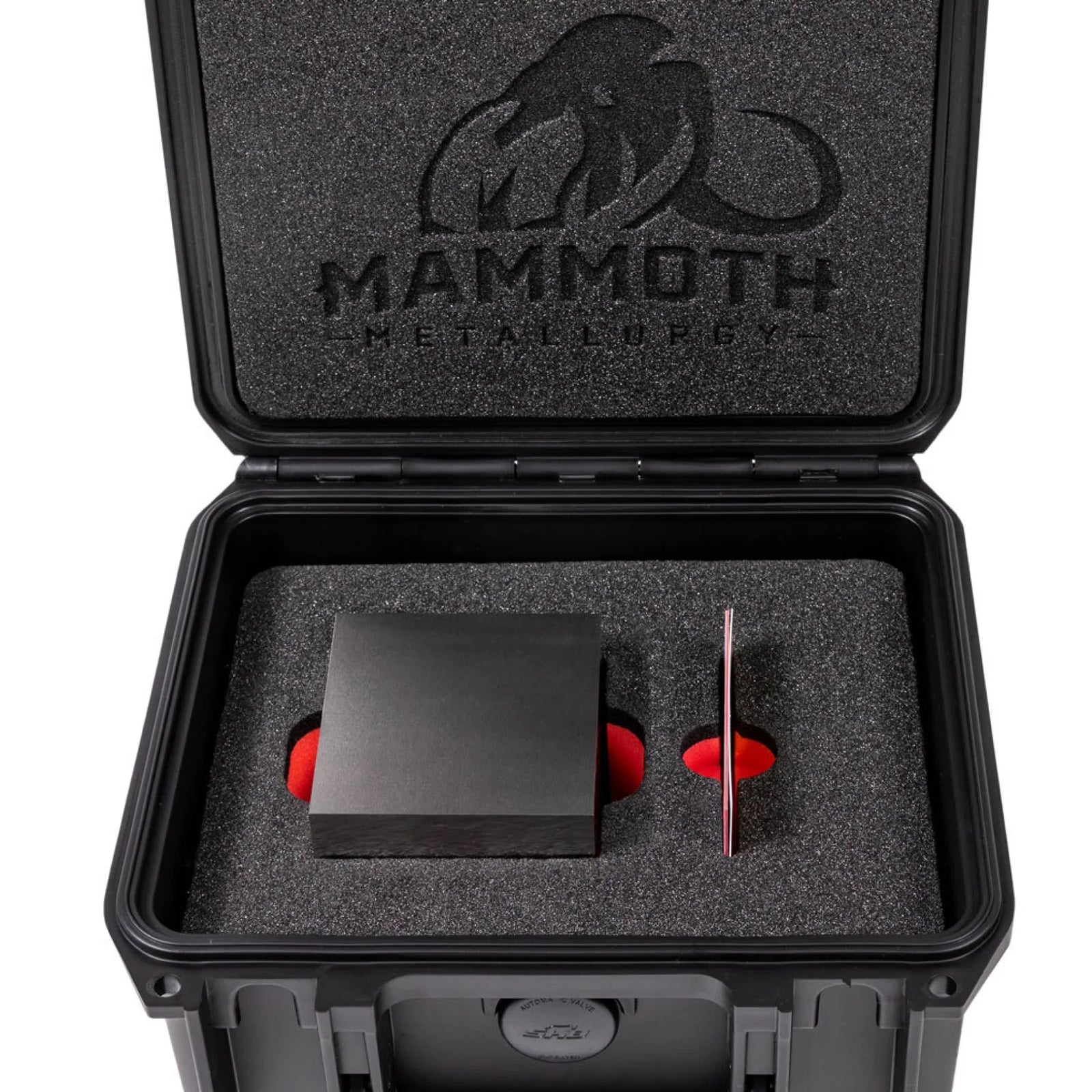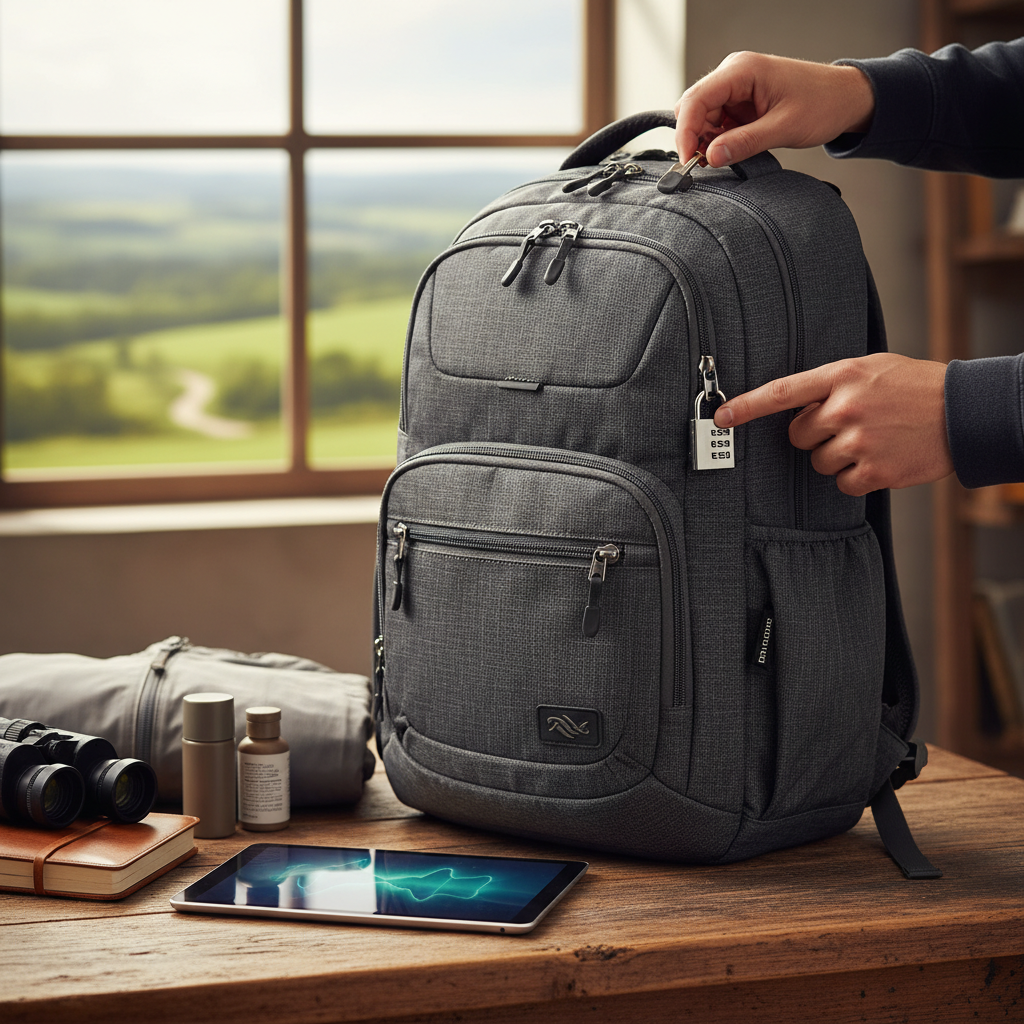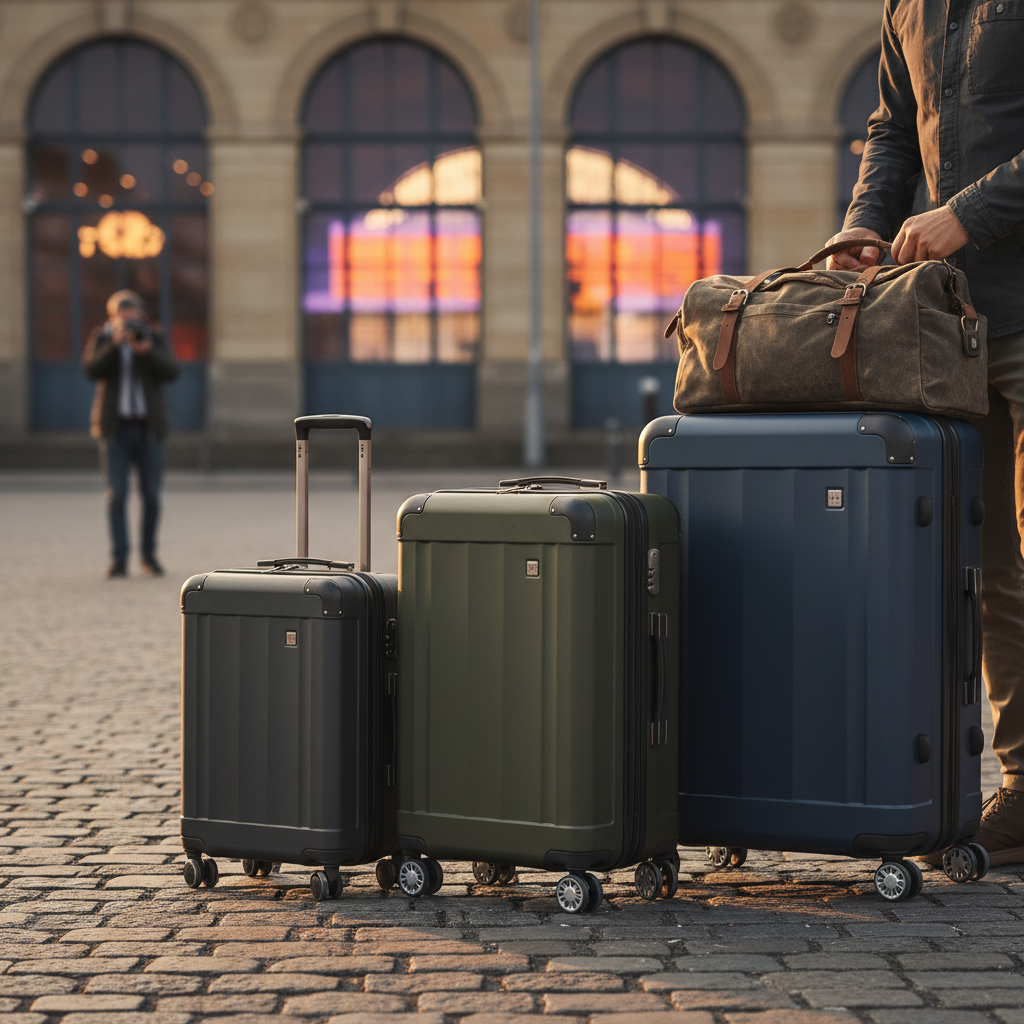Quick Summary / Key Takeaways
- Prioritize durable materials like polycarbonate or ballistic nylon for longevity. Hard cases offer better protection, while soft cases provide flexibility.
- Evaluate wheel types carefully. Spinner wheels offer 360-degree mobility, ideal for smooth airport floors. Inline skate wheels excel on uneven terrain and resist damage.
- Match luggage size to your trip duration and airline restrictions. Carry-on dimensions are crucial for avoiding checked bag fees and ensuring hassle-free boarding.
- Look for functional features such as TSA-approved locks, robust telescoping handles, well-organized interior compartments, and expansion capabilities for adaptable packing.
- Invest in quality components like YKK zippers and reinforced stress points, as these impact the lifespan and reliability of your rolling luggage.

Introduction
Remember that stomach-drop at the baggage carousel? You squint to spot your plain black suitcase in a sea of look-alikes. Or the frantic dash through an airport, only to have a wobbly wheel let you down? Picking the right rolling luggage isn’t just about function. It’s about peace of mind and smooth travels, making your journey enjoyable.
From the cobblestone streets of Rome to the sleek floors of Singapore Changi, your rolling luggage is more than just a bag. It’s your adventure partner, a guardian of your belongings, and often a sign of your travel know-how. With so many choices, how do you find "the one?"
This isn’t about fleeting trends or fancy labels. It’s about practical strength, smart design, and selecting luggage that fits your travel style. Let’s break it down and see what makes a rolling bag a true game changer.
Hardside vs. Softside Rolling Luggage Comparison
| Feature | Hardside (e.g., Polycarbonate) | Softside (e.g., Ballistic Nylon) | Ideal Scenario |
|---|---|---|---|
| Protection | Excellent for fragile items; weather resistant | Good for clothing; less weather resistant | Fragile contents, wet weather |
| Flexibility | Rigid structure; fixed capacity | Expandable pockets; often flexible capacity | Variable packing needs, odd-shaped items |
| Weight | Can be lighter than softside for same capacity | Generally lighter for smaller bags, can get heavy | Weight-sensitive travel, strict limits |
| Durability | Resists punctures, less prone to tears | Resists abrasions, can be cut or torn | Frequent travel, rough handling |
Spinner vs. Inline Skate Wheels Performance
| Characteristic | Spinner Wheels (4 or 8) | Inline Skate Wheels (2) | Best Application |
|---|---|---|---|
| Mobility | 360-degree, multi-directional; glides effortlessly | Two-way, forward/backward; pulled behind you | Smooth airport floors, tight spaces |
| Stability | Can be less stable on inclines when not held | Very stable, handles uneven surfaces well | Cobblestones, rough paths, stairs |
| Durability | More exposed, prone to breaking if struck | Recessed, less exposed; robust construction | Heavy loads, frequent travel, varied terrain |
| Space | Can add a few inches to overall bag height | Minimal impact on bag dimensions | Maximizing packing volume within limits |
Application Preparation Checklist
- Define your primary travel type (business, leisure, adventure).
- Research airline carry-on and checked bag size/weight restrictions.
- Consider your budget and focus on features that align with it.
- Read reviews focusing on durability, wheel performance, and handle strength.
Post-Arrival Checklist
- Wipe down the exterior with a damp cloth; remove any scuffs or grime.
- Check wheels for debris (hair, lint) and ensure smooth rotation.
- Inspect zippers, handles, and seams for wear and tear, lubricating as needed.
- Store luggage in a cool, dry place, ideally covered, to prevent dust accumulation.
Table of Contents
Section 1: Understanding Rolling Luggage Basics
- What are the main types of rolling luggage available?
- What is the difference between hardside and softside luggage?
- Why are wheel types important in rolling luggage?
- What size luggage should I choose for international travel?
Section 2: Key Features & Durability Factors
- What are the most durable materials for rolling luggage?
- How important are zippers and handles in luggage quality?
- What internal features should I look for in luggage?
- Are TSA locks truly necessary or just a gimmick?
Section 3: Choosing the Right Bag for Your Trip
- What's the best rolling luggage for business trips?
- Which type of rolling luggage is ideal for family vacations?
- How do carry-on restrictions vary between airlines?
- Should I invest in a luggage set or individual pieces?
Section 4: Maintenance & Travel Tips
- How can I extend the life of my rolling luggage?
- What are common mistakes to avoid when packing rolling luggage?
- How do I clean and store my rolling luggage properly?
Frequently Asked Questions
Section 1: Understanding Rolling Luggage Basics
FAQ 1: What are the main types of rolling luggage available?
The main types of rolling luggage include hardside, softside, and duffel bags with wheels. They each offer distinct benefits for different travel needs. Hardside cases provide superior protection, while softside cases offer flexibility and external pockets. Wheeled duffel bags are great for casual trips or when extra gear is needed.
Carry-on, checked, and specialty bags like garment carriers also fall under these categories. The best type depends on your destination and contents.
FAQ 2: What is the difference between hardside and softside luggage?
Hardside luggage has a tough outer shell, usually made from polycarbonate, ABS, or aluminum. This design offers great impact protection and keeps contents safe from water. Softside luggage is made from flexible materials like nylon or polyester. It often includes more external pockets and can expand. This makes softside luggage lighter for easy lifting. Hardside luggage better protects fragile items. Softside luggage provides more packing options and fits into tight spots.
Your choice comes down to what matters most: solid protection or flexible storage. Both types serve a purpose in travel.
FAQ 3: Why are wheel types important in rolling luggage?
Wheel types dictate mobility, durability, and ease of navigating various terrains. They impact your travel experience. Spinner wheels (four or eight) offer 360-degree rotation. This allows you to push the bag upright. This is ideal for smooth airport floors. Inline skate wheels (two) are larger and more recessed. This provides better durability and stability over uneven surfaces like cobblestones or carpets.
Poor quality wheels are a common failure point, leading to frustrating dragging. Prioritizing robust wheels saves you hassle.
FAQ 4: What size luggage should I choose for international travel?
For international travel, opt for carry-on luggage around 21-22 inches (53-56 cm) for short trips and a checked bag between 25-29 inches (63-73 cm) for longer journeys, always checking airline-specific size restrictions. Most international airlines have stricter carry-on limits, so precise measurements are critical to avoid gate-checking. A common checked bag size is 27 inches, balancing capacity with weight limits.
Always verify dimensions and weight allowances for each leg of your journey. Overpacking is a common mistake.
Section 2: Key Features & Durability Factors
FAQ 5: What are the most durable materials for rolling luggage?
The most durable materials for rolling luggage include polycarbonate, ballistic nylon, and aluminum. Each offers unique strengths for different travel styles. Polycarbonate is a common hardside luggage material. It's lightweight and highly impact-resistant, flexing under pressure rather than cracking. Ballistic nylon is a fabric often used in softside luggage. It offers abrasion and tear resistance, making it ideal for rough handling.
Aluminum luggage, while heavier, offers unparalleled strength and security. ABS plastic is an entry-level hardside material. It is less durable than polycarbonate but more affordable. Choosing quality materials significantly extends luggage lifespan.
FAQ 6: How important are zippers and handles in luggage quality?
Zippers and handles are important to luggage quality as they are the most frequent failure points. They impact the usability and longevity of your luggage. High-quality zippers like YKK's operate smoothly and resist snagging. They are less likely to break under pressure. A multi-stage telescoping handle should extend and retract easily without wobbling. It should endure the stress of lifting and maneuvering a fully packed bag.
Flimsy handles or zippers can turn a travel convenience into a frustrating ordeal. Always test them thoroughly. Don't compromise on these components.
FAQ 7: What internal features should I look for in luggage?
You should look for luggage with internal features like compression straps, organizational pockets, and a wet/shoe compartment. This maximizes packing efficiency and keeps items secure. Compression straps help cinch down clothes. This creates more space and prevents items from shifting during transit. Mesh or zippered pockets help keep smaller items, toiletries, and electronics organized. This way, you avoid a chaotic jumble.
A dedicated waterproof pocket is invaluable for damp swimwear or dirty shoes. Thoughtful interior design makes packing and unpacking a breeze. Consider your typical packing habits.
FAQ 8: Are TSA locks truly necessary or just a gimmick?
Yes, TSA locks are necessary for checked luggage. They secure your belongings and meet airport security screening rules. They are not a gimmick. TSA-approved locks let agents open your bag with a master key. This means they can inspect your luggage without damaging your lock or bag. It helps stop forced entry.
While not impenetrable to determined thieves, they deter opportunistic theft. For carry-on bags, a regular padlock suffices, as those bags are typically always with you. Always use TSA-approved locks on checked bags to avoid damage.
Section 3: Choosing the Right Bag for Your Trip
FAQ 9: What's the best rolling luggage for business trips?
The best rolling luggage for business trips is usually a 20–22-inch carry-on. It often includes a laptop compartment and a well-organized interior. Hardside polycarbonate bags and high-denier ballistic nylon softside bags are great options. They offer a professional appearance and strong protection. Check for smooth spinner wheels for easy airport navigation. Also, choose a strong, sturdy telescoping handle that doesn’t wobble.
A front pocket lets you grab essentials like laptops and travel documents quickly. This can be a big plus. Efficiency and presentation are key here.
FAQ 10: Which type of rolling luggage is ideal for family vacations?
For family vacations, use larger checked bags (25-29 inches) for shared items. Each family member should also have a smaller carry-on or personal item. Choose durable hardside luggage for checked items. It can handle rough handling. Or, opt for softside luggage that expands for souvenirs. Smaller, lightweight rolling backpacks help kids manage their stuff. This builds their independence.
Flexibility and ample space are important for family travel. A luggage set can often be a cost-effective solution. Don't underestimate the need for capacity.
↑ Back to Table of Contents
FAQ 11: How do carry-on restrictions vary between airlines?
Carry-on restrictions differ among airlines, especially for dimensions and weight. So, you should check the airline's specific rules before each flight. A common size is 22 x 14 x 9 inches (56 x 36 x 23 cm) for domestic US flights. But international carriers and budget airlines may have smaller limits. Some airlines set strict weight limits, while others focus only on size.
Always check your airline's official website for the latest information. Not following these rules can lead to expensive gate-check fees. Just an inch or two can change everything.
FAQ 12: Should I invest in a luggage set or individual pieces?
Whether you invest in a luggage set or individual pieces depends on your travel habits, style, and budget. Sets provide good value and a matching look. Individual pieces let you customize your options. Luggage sets often provide cost savings and a cohesive look. This makes them suitable for families or those needing various sizes for different trips. You can choose specific brands or features for your travel needs. For example, pick a business carry-on or a rugged adventure duffel.
Consider your diverse needs before purchasing. Buying separate pieces often means higher quality per item.
Section 4: Maintenance & Travel Tips
FAQ 13: How can I extend the life of my rolling luggage?
To extend the life of your rolling luggage, clean it often. Don't overpack it, and be gentle when using it, especially with the wheels and handles. Wipe down the exterior after each trip to remove dirt and grime. Inspect the wheels for debris that could hinder their movement. Lubricate the zippers occasionally with silicone spray to keep them gliding smoothly.
Store your luggage in a cool, dry place, ideally in a dust cover. Being mindful of how you pack and lift your bag can prevent undue stress. Regular checks can catch small issues before they become major problems.
FAQ 14: What are common mistakes to avoid when packing rolling luggage?
Common packing mistakes include overpacking, not using internal compression, and failing to protect fragile items. Placing liquids insecurely can also lead to damage. Overpacking puts stress on zippers and seams, causing wear. Not using compression straps lets items shift. This may break fragile goods or create imbalances.
Always wrap delicate items in clothing. Use leak-proof bags for toiletries to avoid spills. Distribute weight evenly to keep balance and reduce stress on the wheels. A well-packed bag makes travel enjoyable.
Be smart, not just full.
FAQ 15: How do I clean and store my rolling luggage properly?
To clean softside luggage, use a damp cloth with mild soap to spot-clean stains. Hardside luggage can be wiped down with a general-purpose cleaner. For interiors, vacuum crumbs and wipe linings with a damp cloth. Baking soda can neutralize odors. Always allow the luggage to air dry completely before storage. This prevents mold and mildew growth.
Store in a cool, dry place. It’s best to keep it on its side or covered. This helps prevent dust buildup and reduces stress on the wheels. Proper storage ensures your investment lasts. A little care goes a long way.

